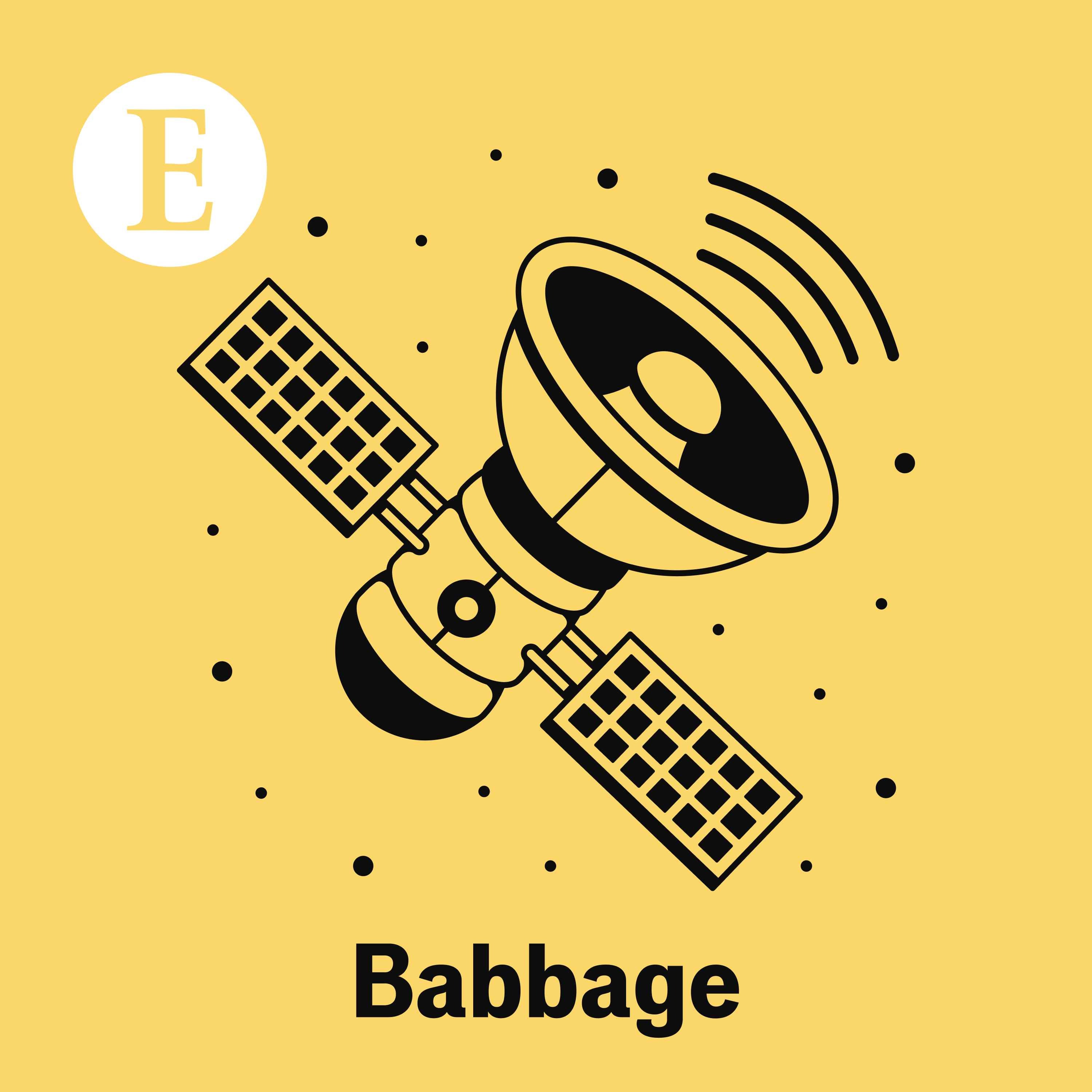
Babbage: The science that built the AI revolution—part one

Babbage from The Economist
Deep Dive
Shownotes Transcript
What is intelligence? In the middle of the 20th century, the inner workings of the human brain inspired computer scientists to build the first “thinking machines”. But how does human intelligence actually relate to the artificial kind?
This is the first episode in a four-part series on the evolution of modern generative AI. What were the scientific and technological developments that took the very first, clunky artificial neurons and ended up with the astonishingly powerful large language models) that power apps such as ChatGPT?
Host: Alok Jha, The Economist’s science and technology editor. Contributors: Ainslie Johnstone, The Economist’s data journalist and science correspondent; Dawood Dassu and Steve Garratt of UK Biobank; Daniel Glaser, a neuroscientist at London’s Institute of Philosophy; Daniela Rus, director of MIT’s Computer Science and Artificial Intelligence Laboratory; Yoshua Bengio of the University of Montréal, who is known as one of the “godfathers” of modern AI.
On Thursday April 4th, we’re hosting a live event where we’ll answer as many of your questions on AI as possible, following this Babbage series. If you’re a subscriber, you can submit your question and find out more at economist.com/aievent).
*Get a world of insights for *50% off—subscribe to Economist Podcasts+)
If you’re already a subscriber to The Economist, you’ll have full access to all our shows as part of your subscription. For more information about how to access Economist Podcasts+, please visit our FAQs page) or watch our video) explaining how to link your account.